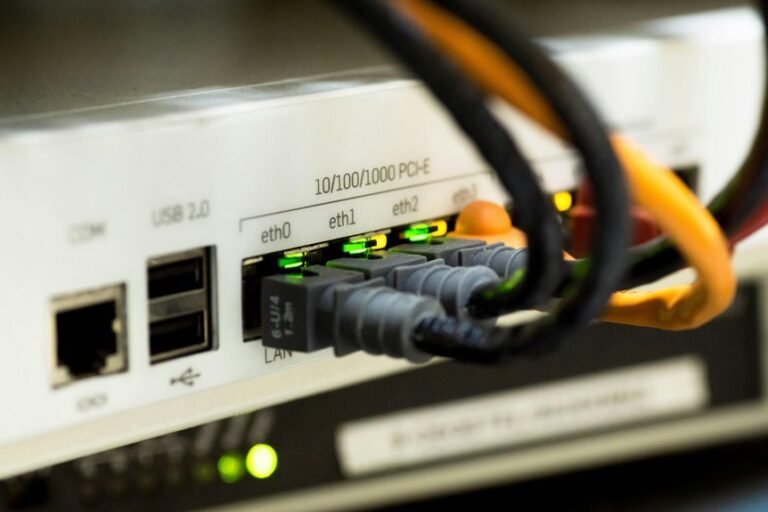Telecom Fraud Detection and Security Council 7067218850 6123010199 7067482046 8286319644 4243850597 8324261448
Telecom fraud is a growing concern, costing the industry billions every year. You might not be aware that the Telecom Fraud Detection and Security Council is at the forefront of combating this issue. By leveraging advanced technologies and fostering collaboration among telecom companies, they aim to detect and prevent various types of fraud. Understanding their strategies can reveal critical insights into how the industry is evolving to protect both networks and consumers.
Understanding Telecom Fraud: Types and Trends
As telecom technology evolves, understanding the various types of fraud impacting the industry becomes essential for both providers and consumers.
Key fraud types include subscription fraud, SIM card swapping, and call forwarding fraud.
By engaging in trend analysis, you can identify patterns and vulnerabilities, helping to mitigate risks.
Such awareness empowers you to make informed decisions, ensuring greater freedom and security in your telecom interactions.
The Role of the Telecom Fraud Detection and Security Council
While the telecom industry faces increasingly sophisticated fraud tactics, the Telecom Fraud Detection and Security Council plays a pivotal role in combating these threats.
The council’s responsibilities include developing strategies for fraud prevention, sharing critical intelligence, and fostering collaboration among industry players.
Effective Detection Methods and Technologies
When it comes to detecting telecom fraud, leveraging advanced technologies and methodologies is essential for safeguarding networks.
You should consider machine learning algorithms that excel in anomaly detection, identifying unusual patterns in call data and usage behavior.
Best Practices for Protecting Telecom Systems
Five key best practices can significantly enhance the security of your telecom systems.
First, implement robust network security measures, including firewalls and intrusion detection systems.
Second, regularly update software to patch vulnerabilities.
Third, train employees on fraud prevention techniques.
Fourth, monitor network traffic for anomalies.
Finally, establish a response plan for breaches, ensuring swift action to mitigate potential damage and maintain customer trust.
Conclusion
In conclusion, tackling telecom fraud requires vigilance, collaboration, and innovation. By understanding the types of fraud, leveraging advanced detection methods, and implementing best practices, you can strengthen your defenses. Together, we can enhance security, foster awareness, and protect consumers. As you embrace these strategies, remember: detect anomalies, share intelligence, and remain proactive. The fight against telecom fraud is ongoing, but with the right tools and cooperation, you can make a significant impact in safeguarding your network.







